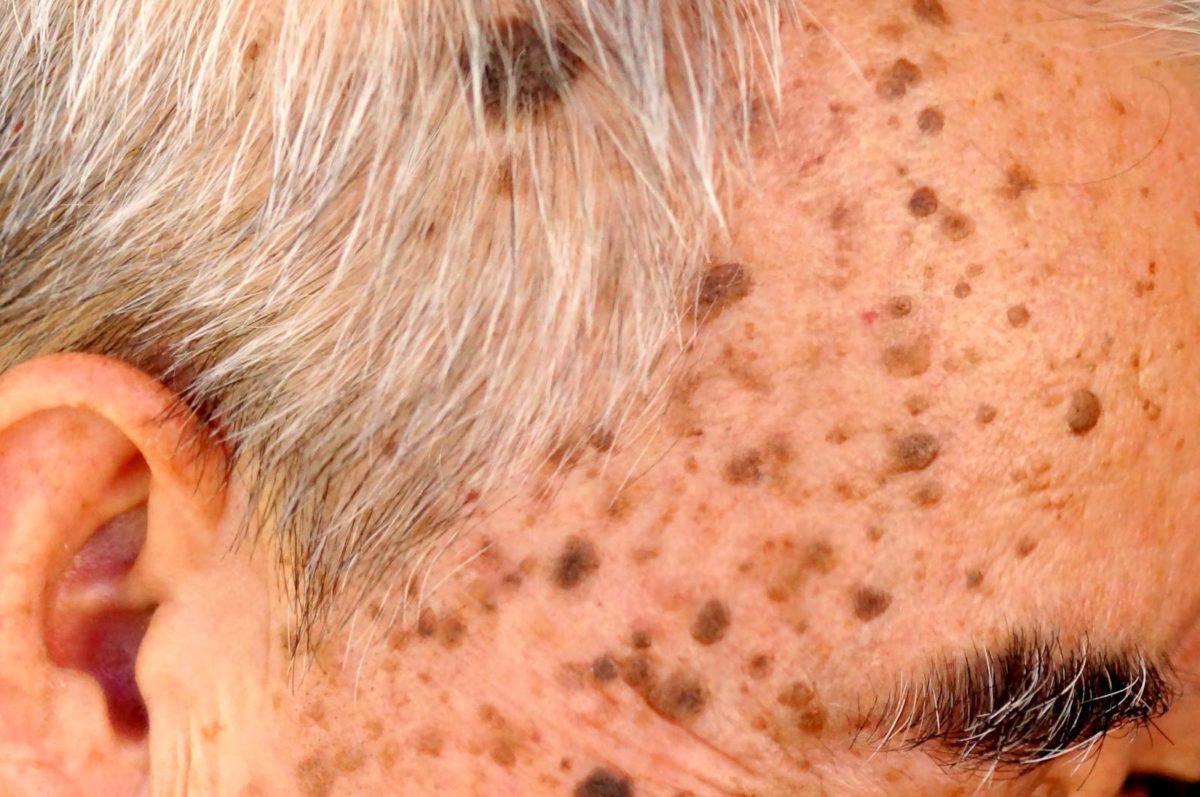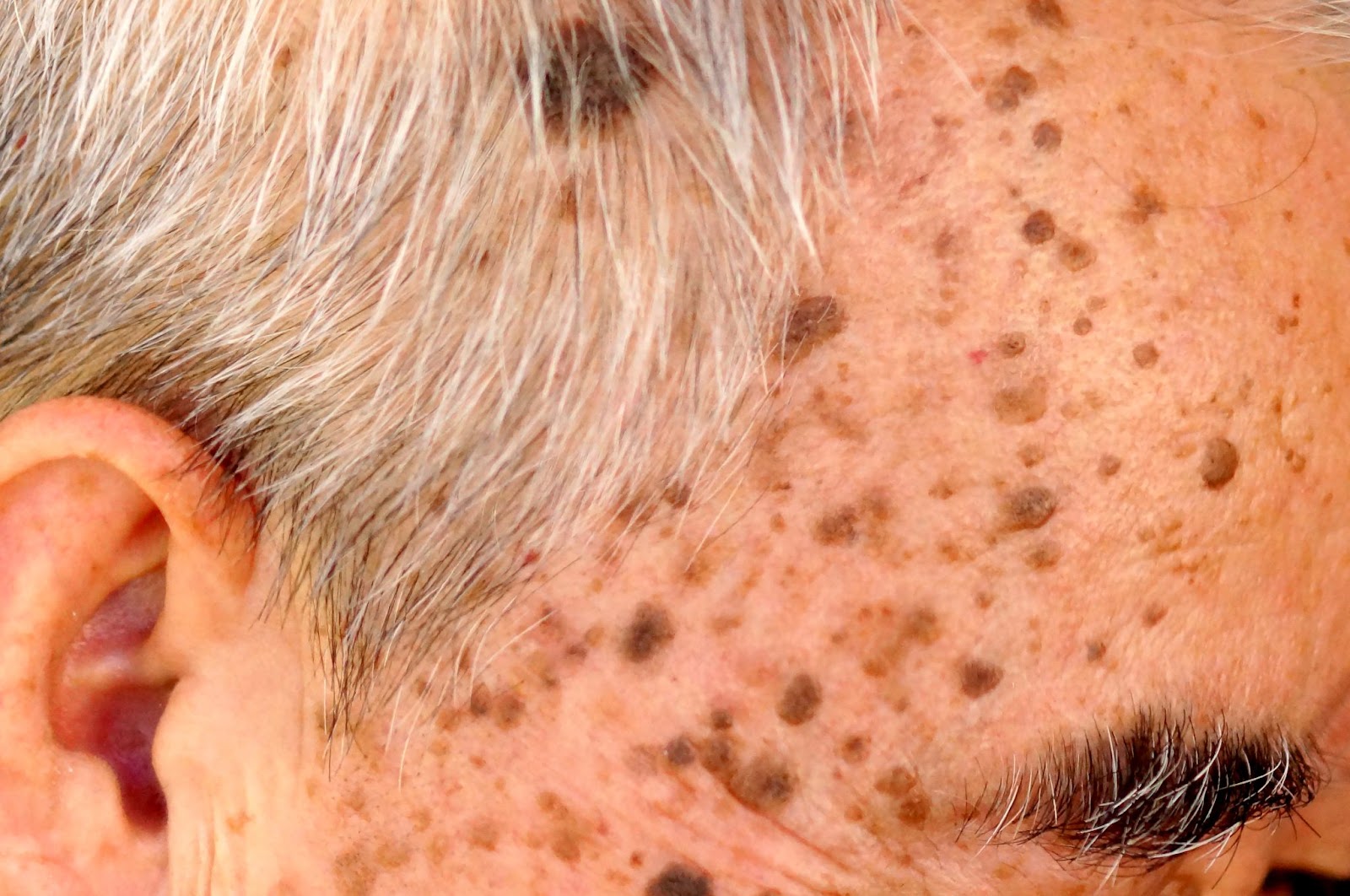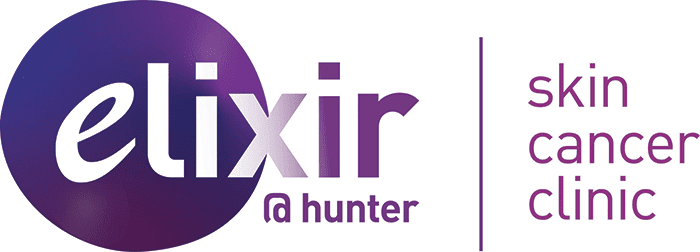What is sunburn, its level and its impact?

Sunburn is a skin condition that occurs when the skin is overexposed to the sun’s ultraviolet (UV) radiations. You can see sunlight and feel the heat (infrared radiation), but you can’t see or feel the UV radiations. The UV rays can damage your skin even on cool, cloudy days.

The sunburn can vary in severity and is classified into three levels based on the extent of the damage to the skin: first-degree, second-degree, and third-degree sunburn.
The signs of sunburn can start to appear in as little as 10 minutes and skin can turn red within a few hours of being burnt. It will continue to develop for the next 24 to 72 hours and, depending on the severity, can take days or weeks to heal. A mild sunburn can be treated at home, whereas a severe and blistered sunburn requires prompt medical attention.
The UV index in Australia is very high during summer and exposure for a longer period can result in sunburn and may lead to higher risk of getting skin cancers in future. Learn more about why Australia has a high skin cancer rate.
The long term effects of recurrent sunburn include premature skin ageing and an increased risk of skin cancers.
Early detection of sunburn and the possible link to skin cancer is key, book your consultation with one of our doctors at Elixir @ Hunter Maitland even if you are looking for a skin cancer clinic in Newcastle.
Sunburn levels
Sunburns are categorised based on the severity of skin damage. The two most common types of sunburn include first degree burn and second degree burn.
First-degree sunburn: This is the mildest form of sunburn and affects the outer layer of the skin. The symptoms include redness, pain, and swelling in the affected areas of the body. The affected area may feel hot to the touch, and there may be some peeling as the skin begins to heal.
Second-degree sunburn: This is more severe and affects both the outer and underlying layers of the skin. The symptoms include blistering, intense pain, and swelling. There may also be fever, chills, nausea, confusion, tiredness, muscle cramps. Second-degree sunburn requires medical attention to prevent infection and promote healing.
Third-degree sunburn: This is rare with sunburns but can still be possible. This is the most severe form of sunburn. It affects all layers of the skin and the fatty layer below that, and can cause permanent damage, such as scarring, skin discoloration, and increases the risk of having skin cancers. The symptoms include deep tissue damage, severe pain, and the formation of blisters that cover a large area of the skin,severe dehydration and systemic symptoms including a heat stroke or shock. Third-degree sunburn is an emergency and requires immediate medical attention.
The impact of sunburn
Sunburn can have a significant impact on a person’s health and well-being. In addition to the physical discomfort and pain, sunburn can increase the risk of skin cancers, can cause premature ageing, and other skin changes like irregular pigmentation and prominence of capillaries creating redness on the affected areas. Long-term exposure to UV rays can also damage the eyes, leading to cataracts, macular degeneration, and other vision problems.
All types of sunburn, whether serious or mild, can cause permanent and irreversible skin damage. This could lay the groundwork for skin cancers to develop. Further sunburn only increases your risk of skin cancer.
Preventing sunburn is crucial for maintaining skin health and preventing long-term damage. Wearing protective clothing, using sunscreen with a high SPF, and avoiding prolonged exposure to the sun during peak hours are all effective ways to prevent sunburn. It is also important to stay hydrated and seek medical attention if symptoms of sunburn are severe or do not improve over time.
In conclusion, sunburn is a common skin condition that can range from a mild self-limiting condition to life-threatening. Understanding the different levels of sunburn and their symptoms is essential for preventing long-term damage and maintaining skin health. By taking precautions and seeking medical attention when necessary, individuals can enjoy the outdoors safely and without fear of sunburn.
How to avoid sunburn?
Sunburn can be avoided by taking the following precautions:
- Wear protective clothing: Wearing long-sleeved shirts, pants, hats, and sunglasses can help to shield the skin from the sun’s harmful UV rays.
- Use sunscreen: Apply a broad-spectrum sunscreen with an SPF of 30 or higher at least 15-30 minutes before going outside, and reapply every two hours or after swimming or sweating.
- Seek shade: Limit exposure to direct sunlight by seeking shade under an umbrella, tree, or other shelter.
- Avoid peak hours: Avoid prolonged exposure to the sun during peak hours (between 10 a.m. and 4 p.m.), when the sun’s rays are the strongest.
- Stay hydrated: Drink plenty of water and fluids to prevent dehydration, which can worsen the effects of sunburn.
- Be aware of medication interactions: Certain medications, such as antibiotics and acne treatments, can make the skin more sensitive to the sun’s rays. Check with a doctor or pharmacist to determine if any medications you are taking could increase your risk of sunburn.
- Protect your eyes: Wear sunglasses with UV protection to prevent damage to your eyes from the sun’s rays.
- Be cautious on reflective surfaces: Water, snow, and sand can reflect the sun’s rays and increase the risk of sunburn. Take extra precautions when near these surfaces.
Elixir @ Hunter is a skin cancer clinic in Maitland, NSW. Book a consultation if you need your skin to be checked.
